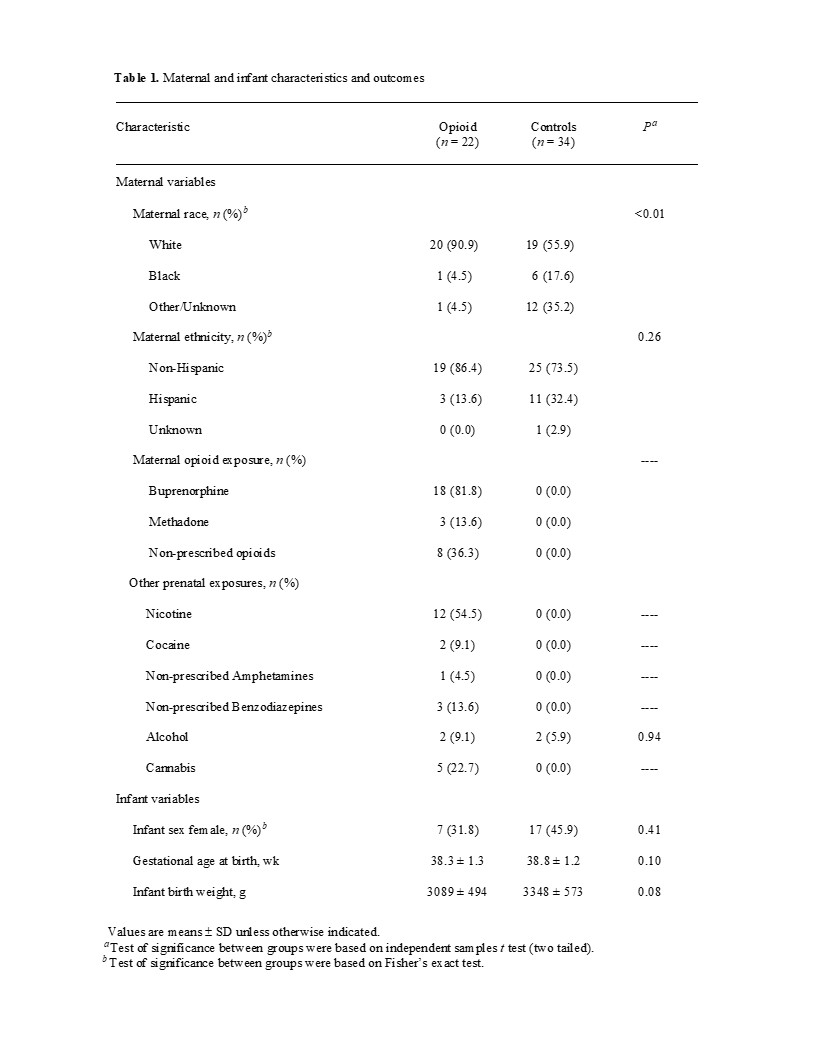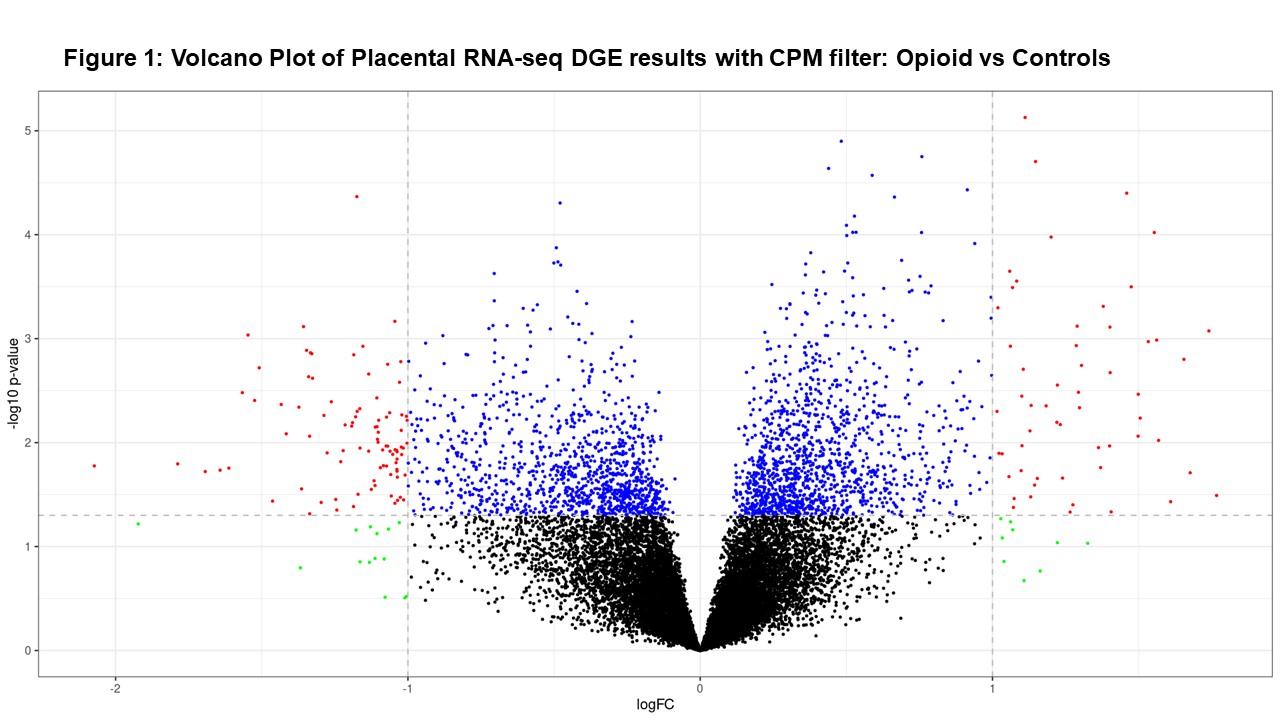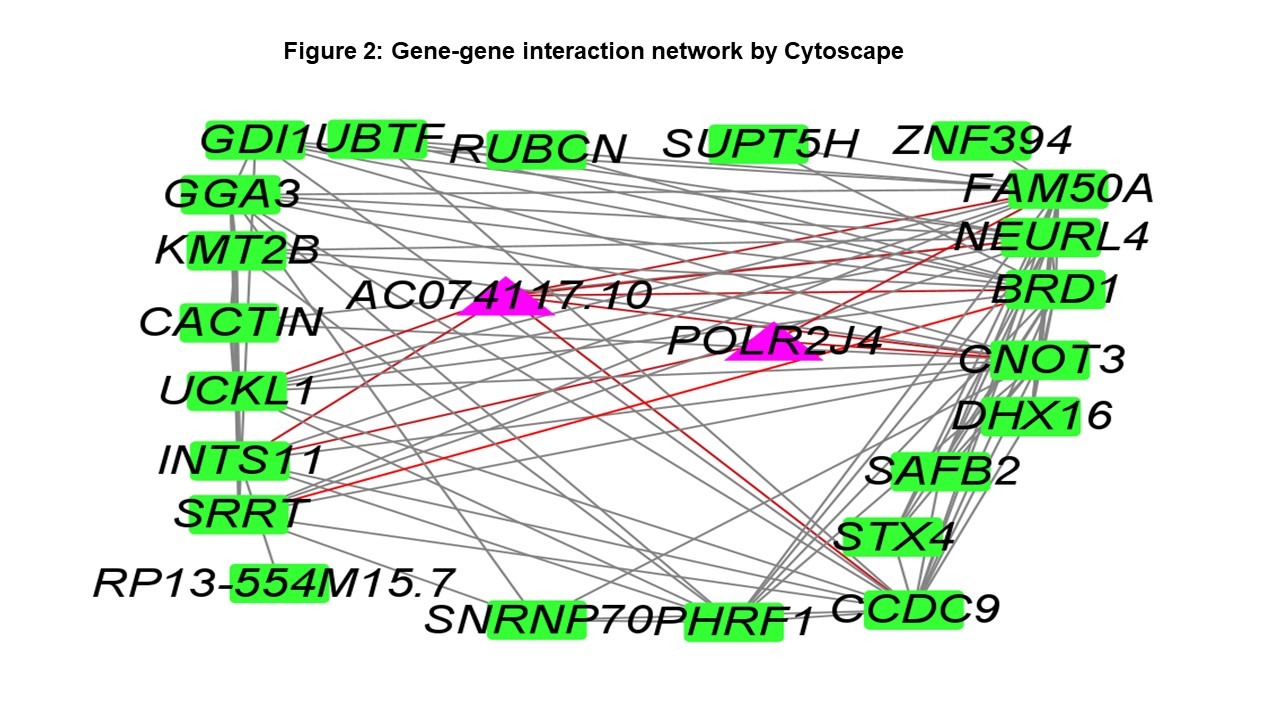Genomics/Epigenomics
Session: Genomics/Epigenomics
371 - Placental transcriptome analysis in opioid-exposed versus unexposed pregnancies
Monday, May 6, 2024
9:30 AM - 11:30 AM ET
Poster Number: 371
Publication Number: 371.3291
Publication Number: 371.3291

Aneya Sousa, BA (she/her, they/them, or no pronouns)
Research Assistant II
Boston University School of Medicine
Boston, Massachusetts, United States
Presenting Author(s)
Background: Opioid use disorder (OUD) is known to have significant and long-standing effects on both fetal and maternal health during pregnancy. OUD during pregnancy may result in changes in gene expression within the placenta, affecting the growth of structural elements of placenta, thus impacting fetal development.
Objective: This study aimed to compare the placental transcriptome profiles in opioid-exposed versus unexposed (control) pregnancies to elucidate the molecular alterations associated with opioid exposure and their potential implications on fetal development and pregnancy outcomes.
Design/Methods: Pregnant individuals with and without OUD in pregnancy were enrolled from one institution and placental samples collected shortly after delivery. RNA from villous placental tissue was extracted and profiled using RNA-seq. Comprehensive analyses, including PCA for outlier detection and 'limma voom' for differential gene expression (DGE) analysis, were performed, incorporating covariates of type of prenatal opioid exposure, infant sex, batch, and RNA Integrity Number (RIN). WGCNA identified gene co-expression modules, maintaining a stringent DGE p-value threshold ( < 0.05). Functional annotation was conducted using Enrichr, and machine learning techniques (SVM and RF) were applied for robust biomarker identification and predictive model creation.
Results: A total of 22 opioid and 34 control placental samples were analyzed (Table 1). The primary prenatal opioid exposures were methadone or buprenorphine. From 60,669 genes analyzed, 147 showed differential expression in opioid-exposed pregnancies in comparison to controls (Figure 1). Figure 2 illustrates placental transcriptome interactions, emphasizing genetic interplays in opioid exposure. Biologic pathway analysis of top differentially expressed genes revealed significant changes in multiple physiologic processes relevant to key placental functions. These included most notably regulation of hormone signaling, cytokine production, cellular trafficking pathways, and alterations in the central regulatory JAK-STAT signaling pathway.
Conclusion(s): These findings suggest that opioid exposure in pregnancy impacts multiple core placental pathways. Future analyses of placental structural and functional cell-specific functional changes are warranted to further characterize the placental alteration in pregnancies impacted by OUD.



